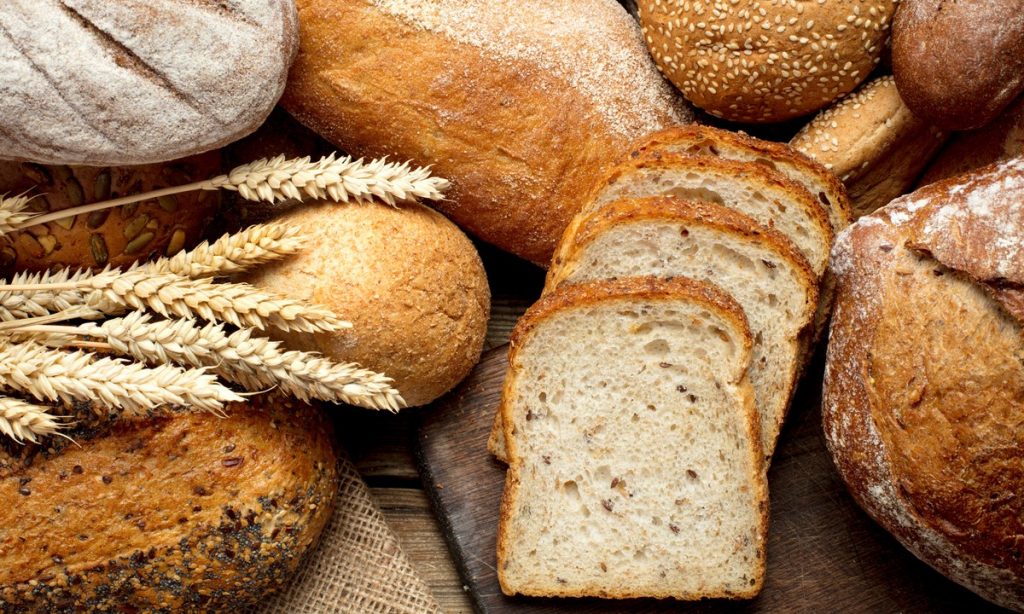Grainy Grub: Here Are Several Different Types of Bread to Have With Your Next Meal

Bread is one of the main staples of our diet. Crumbs have been found dating back more than 10,000 years, suggesting that humans have been consuming bread in some form for a very long time. The general recipe itself is simple. Dough is usually created from flour and water. Then, if you want the bread to leaven, yeast is added and the mix is left for a period of time to rise. The bread is thoroughly kneaded, left out to rise again and then baked.
There also are a wide variety of bread varieties to choose from, each with their own ingredients and baking processes. If you are looking for some yummy toast or a scrumptious sandwich to snack on, here are several different types of bread to add to your next meal.
White Bread
A wheat seed generally contains three main components: bran (the shell), the germ (an embryo) and the endosperm (a source of nutrition for a potential seedling). White bread is distinguished by the fact that it is prepared from wheat flour in which both the bran and the germ are removed. Both the bran and the germ are highly nutritious, and therefore white bread tends to be less healthy than other types.
Wheat Bread
In contrast to white bread, this variety is made from wheat seeds that have their bran, germ and endosperm intact. Bran contains high amounts of fiber, which helps to regulate digestion. The germ of a wheat seed has folates, which are important for the functioning of red blood cells, as well as zinc, which aids in the functioning of your metabolism.
Whole Grain Bread
This variety contains whole wheat seeds, but it also has other types of seeds, including oats, rye and barley. Whole grain bread is considered one of the healthiest types of bread you can eat, and there is evidence that it reduces the risk of certain chronic diseases. It can also potentially reduce the risk of strokes.
Sourdough Bread
Sourdough is a variety that is specially fermented with wild yeast, a process that gives the bread a signature sour taste. It can be made from any type of flour, including whole wheat and processed flour. Because it is fermented, sourdough has high nutritional properties and is also rich in antioxidants.
Pumpernickel Bread
Pumpernickel bread originates in Germany and is made chiefly with rye flour. It is prepared with a sourdough starter, which gives this bread a slightly acidic taste. Pumpernickel bread can help to control blood sugar levels and also contains many other vitamins and nutrients.
Flatbread
Flatbread is a versatile variety that is made out of flour, water and salt. It is distinguished by the fact that it is unleavened and not prepared with yeast, and there are many different types of flatbread from around the world. One type is matzah bread, which is an important part of Jewish cuisine and often enjoyed during Passover. Another style is the tortilla, which is often made of wheat and is an integral to Spanish and Latin American cooking. You can also find corn and low calorie tortillas. An additional type, pita bread, originates from the Mediterranean and the Middle East and goes well with hummus and other dips. Flatbreads tend to be lower in calories and a good option for those looking to lose or maintain weight.
As with anything, prudence is key when it comes to eating bread. Consuming too many processed carbs, such as those found in white bread, can contribute to negative health outcomes. It is recommended that you moderate your consumption of refined grains and focus instead on whole and multi-grains. Luckily, there are many non-refined varieties to try. Bread is a fantastic treat and comes in many forms and variations; there is a whole world of grain for you to explore!